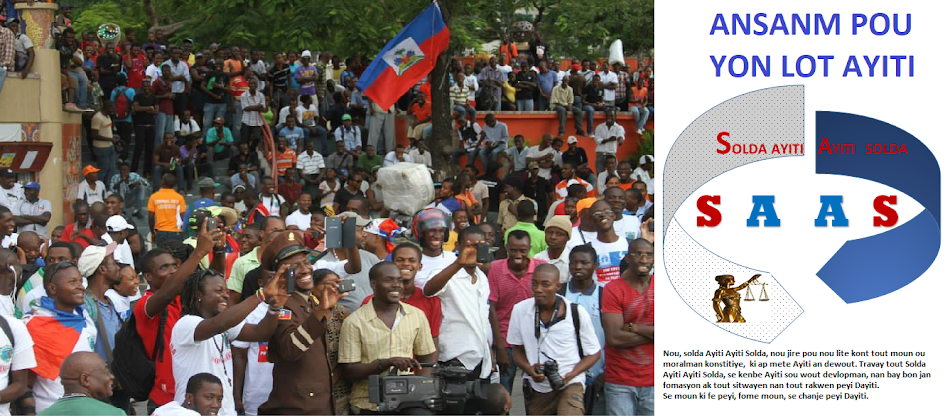Dans son élan de créer des opportunités d’affaires pour ses partenaires à travers sa composante Partenariat Public-Privé-Producteurs (PPPP), le projet WINNER a paraphé, ce mardi 13 avril 2010, un protocole d’accord avec la fondation Rebo, la compagnie Geo Wiener S.A. (GWSA) (café Selecto), la Fédération des groupements planteurs de Belle-Fontaine (FGPB) et la mairie de Croix-des-Bouquets. Ces cinq partenaires vont se mettre ensemble pour développer la filière café dans la zone de Belle-Fontaine (Croix-des-Bouquets) en vue d’augmenter le revenu des producteurs de café de la zone.
En fait, cette signature s’inscrit dans le cadre de favoriser le développement économique de Belle-Fontaine à travers la production de café et d’augmenter le revenu des paysans de la région par l’exploitation de cette filière. Elle vise surtout à relancer la culture caféière étant en voie de disparition dans les localités de Belle-Fontaine.
La composante PPPP arrive à mettre autour d’une même table les deux grandes entreprises : café Rebo et café Selecto, exploitant cette filière en Haïti, pour le développement d’actions génératrices de revenus pour les paysans de la région de Belle-Fontaine. Toutes les deux ont déjà offert, chacune, 60 kg de semences de café équivalant à 240 000 plantules caféières pour le reboisement de la zone.
A part des appuis techniques et financiers, le projet WINNER va, entre autres, mettre deux unités de lavage de café à Belle-Fontaine. Elles seront gérées suivant un contrat à déterminer avec la FGPB. WINNER va également mettre des petites unités de dépulpage manuel de café dans la région au profit de la FGPB. Il faut signaler que 68 km de route seront réhabilités par WINNER dans le cadre de ce protocole d’accord pour faciliter le transport à temps du café lors des récoltes.
Les deux entreprises s’engagent à signer un contrat d’engagement d’approvisionnement avec la FGPB pour l’achat de stock de café à la récolte suivant des normes de qualité qui seront prédéfinies et moyennant le respect de ces normes par la FGPB. Elles vont aussi encadrer la Fédération dans le montage et la gestion des unités de lavage et de dépulpage.
Cette fédération qui est la principale bénéficiaire de ce protocole d’accord va fournir les terres où les installations des unités de lavage et de dépulpage seront établies. Elle doit également respecter le contrat de gestion qui sera signé par Rebo et GWSA.
Quant à la mairie de Croix-des-Bouquets, elle est responsable de la sensibilisation des organisations locales sur l’importance de cette activité à Belle-Fontaine. Elle doit aussi faire le suivi des activités dont la FGPB en est en charge.
Très satisfait de ce partenariat prometteur, le directeur de WINNER, M. Jean-Robert Estimé, estime qu’il y a lieu d’investir dans pareille activité. « WINNER va assurer la construction des unités de lavage et de dépulpage, l’impluvium et l’achat des matériels », déclare-t-il, ajoutant que ceci sera un don accordé à la Fédération des groupements planteurs de Belle-Fontaine.
Ce protocole d’accord a été signé par les 5 partenaires notamment le projet WINNER, la mairie de Croix-des-Bouquets, la fondation Rebo, Geo Wiener S.A. et la FGPB représentés respectivement par M. Jean-Robert Estimé, le maire-adjoint Marius Saint-Pierre, Gilbert Gonzales, Théo Wiener et Thélusmond Louis Marius.




